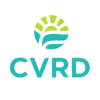WEIR READY - FAQ
Frequently Asked Questions
Last updated August 2022 - for more recent updates, please and "subscribe" for updates. visit cowichanlakeweir.ca and hit the "subscribe" button for email updates.
Here are some of the questions received by the Cowichan Watershed Board, with replies from Strategic Priorities Director, Tom Rutherford ([email protected]).
- The changing climate means that low flow conditions are occurring about 80% of the years now where they used to occur much less frequently. This means that years of poor reproductive success for salmon are common now instead of just occasional.
- Land use over the past 150 years has affected the resilience of the river’s ecosystems, including changes to the riverbed and gravel deposition. Pools important for fish to shelter in are fewer and more shallow. Riparian habitats have been logged, invasive species have moved in, other wetland and side-channel habitats have been lost to property developments in the flood plain and diking.
- This all means that habitat features that were capable of supporting fish at low flows 100 years ago are now diminished.
- More info: https://cowichanlakeweir.ca/about-water-supply/
- It is true that high winter water levels already have serious negative impacts on some lake front residences. The new weir is being carefully planned with this in mind and is not anticipated to cause measurable changes to the high water mark.
- Winter lake levels are not controlled by the existing weir – and will not be controlled by the new one. The lake levels in the winter are controlled by a natural channel restriction near the Greendale Trestle. Picture the river at the outflow of the lake being like a pipe draining a barrel. At high lake levels the “pipe’ that water has to pass through is smaller at the Greendale trestle than at the weir, so it is that natural constriction near the trestle that “backs up” the lake and causes flooding. You can see this at winter high flows because there is no elevation drop as water flows over the weir. The weir is not holding water back when it is off control. It will be the same with the new weir at higher winter water levels.
- The weir only stores water when the lake levels drop, from spring to fall.
- Modelling that was carried out as part of the Cowichan Water Use Plan (2018) demonstrated that beginning to store water March 1 rather than April 1 would result in no significant increased risk of flooding.
- There is a property assessment tool online to help property owners see whether and how their shoreline might be impacted. https://cowichanlakeweir.ca/property-view-tool/
- Work has already been done to assess the impact of raising the weir by 70cm on the shoreline around Cowichan Lake. This work was paid for by senior government, with in-kind support from Cowichan Tribes, the Cowichan Watershed Board, and Catalyst. This assessment provides the future water license holder an understanding of if and where there might be impact.
- Significant support and financial contributions have been committed by the federal and provincial governments: a Federal Disaster Mitigation and Adaptation Fund grant to Cowichan Tribes, and matching BC Government funding to Cowichan Tribes, totaling $24 Million.
- The determination of whether compensation costs are due would be made by the BC Government during the review process for a conservation water license to store additional water.
- The water license holder(s) (yet to be determined) would be responsible for any compensation issues.
- How to manage ongoing maintenance and operations costs is also under discussion.
- Yes a weir would still be required to ensure stable water flows in the summer and fall even if the mill closed.
- The out-take pipe for the mill is located 2/3 of the way down the river, near the hospital in Duncan, meaning that for the majority of the river’s length, the water licensed for the mill’s use is still in the river providing these benefits.
- Adequate flows provide great benefit to salmon, public health (sewage dilution, domestic water licenses) and the economy through recreational and tourism activities (paddling, tubing, fishing camping etc.)
- The mill provides local jobs and significant associated economic spin-off benefits to the community, and if the mill closes, taxpayers will need to cover the costs of maintaining and operating the weir. Currently all those costs, including pumping during dry years, are paid by the mill.
- This is a common question and so we addressed it specifically in the first 2 minutes of this video: Why Fish Need Water. https://www.youtube.com/watch?v=ZsD4X1zPmTw
- Basically, good flows are needed in April, May and June for salmon to thrive.
- It would be impossible to remove enough material to make any significant difference to lake capacity, and any advantages would only be seen by pumping the lake down. As we began to witness in 2019, pumping the lake down can cause other negative impacts such as “stranded” docks, muddy beaches, endangering rare Lamprey habitats, and the costs of pumping.
- Dredging might create more turbidity than it prevents, and would have other environmental impacts.
- To the best of our knowledge, no one has done an analysis of shoreline sediments. Because there have never been any chemical or heavy industrial activities around the lake that would result in toxic waste or heavy metals, it is likely that the sediments are natural materials.
Check out our Twinned Watershed Project on the lower Koksilah & Chemainus rivers
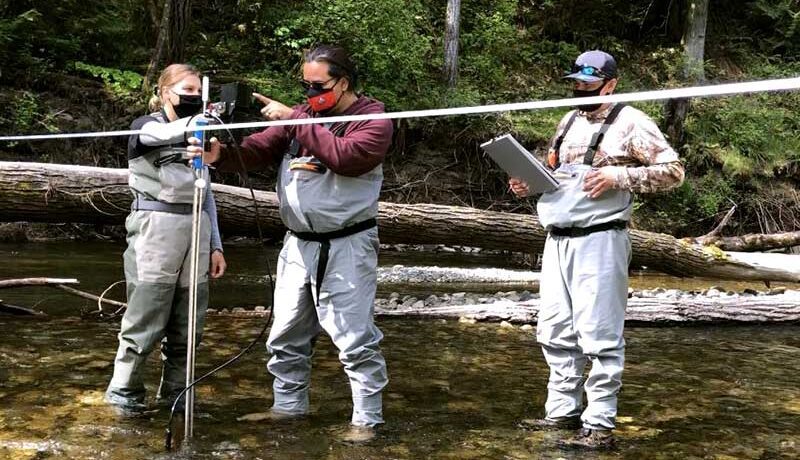
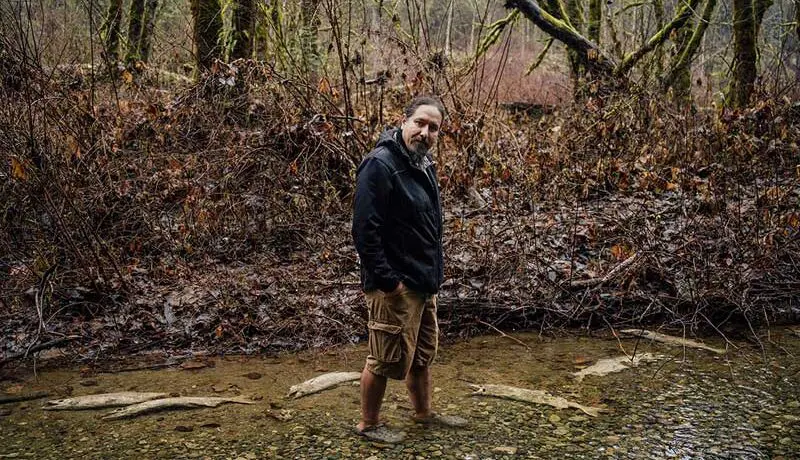
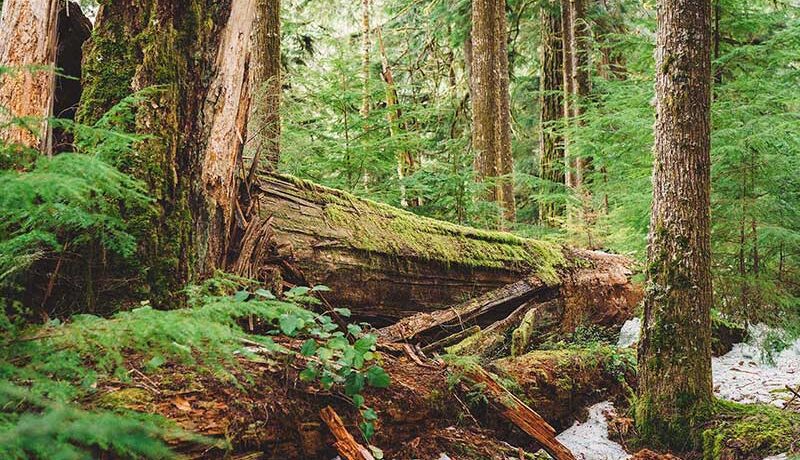
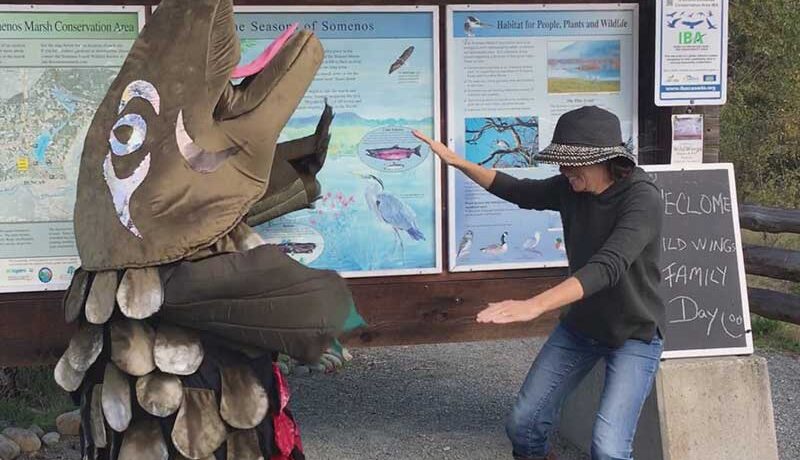
 Email
Email
